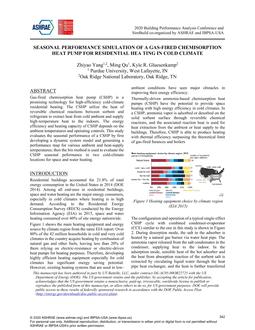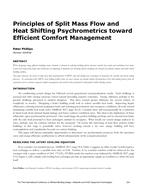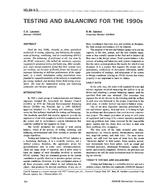The presence of indoor air pollutants, especially volatile organic compounds (VOCs), motivates researchers to improve effective techniques foreliminating them and improving indoor air quality. Among the most common air cleaning systems, activated carbon (AC) filters have receivedmore attention due to their advantages including the ability of adsorbing a majority of components, low price and non-toxicity. However, a lack ofknowledge in predicting their lifetime is an important challenge in the successful use of these types of air cleaners. In the present study, a model wasdeveloped using STELLA software to simulate the AC filter behavior during the adsorption process. The validation was carried out bycomparing the results of the breakthrough and removal efficiency from modeling and experimental data for 100 ppm Methyl Ethyl Ketone(MEK) and 300 ppm n-hexane. Results showed a relative error of less than 10% and about 20% for these components, respectively. This is agood agreement between the model prediction and experimental data.
Citation: IAQ Conference: IAQ 2013: Environmental Health in Low Energy Buildings
Product Details
- Published:
- 2013
- Number of Pages:
- 7
- File Size:
- 1 file , 2.3 MB
- Product Code(s):
- D-2013IAQConf-25


